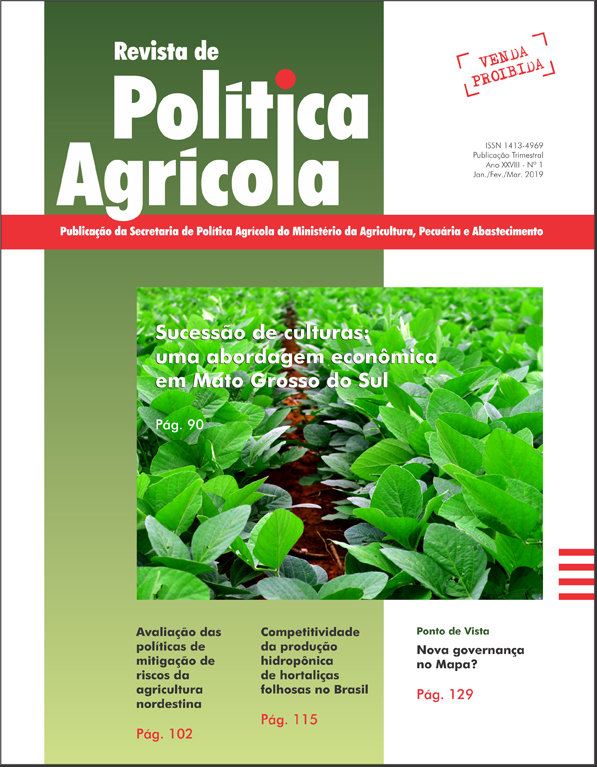Evaluation of sugarcane trash picking alternatives
Keywords:
multicriteria analysis sugarcane, energy cogeneration, NPVAbstract
The sugar and alcohol sector has a high potential for generating electricity surpluses from sugar cane trash, but the problems related to trash harvesting are considered the main obstacles to this activity. The most commonly used picking routes are transporting the trash together with the mechanically harvested cane (integral and partial harvesting system) and baling the straw in bales, carried out after the mechanical harvesting of the cane. The objective of this paper is to analyze the technical and economical feasibility of the use of the three alternatives for collecting the trash for energy cogeneration. The methodology is divided into two independent parts: (1) A decision tree based on value and probabilities is developed to calculate the expected value of NPV in the three alternatives. (2) Formulation of a multicriteria decision model, in which the three alternatives of collection are evaluated through the various conflicting criteria in this choice. By the economic analysis the alternative chosen was the “Baling”, while by the technical analysis, the alternative chosen was the “Partial Harvest”. The analyzes provide support for the proposal of public policies to encourage the use of trash as an input for the generation of energy.Downloads
Published
2019-08-06
How to Cite
Lemos, P. H., Vieira
, J. G. V., Silva, J. E. A. R. da, & Faria, R. N. (2019). Evaluation of sugarcane trash picking alternatives. Revista De Política Agrícola, 28(1), 73. Retrieved from https://rpa.sede.embrapa.br/RPA/article/view/1374
Issue
Section
Artigos Científicos


